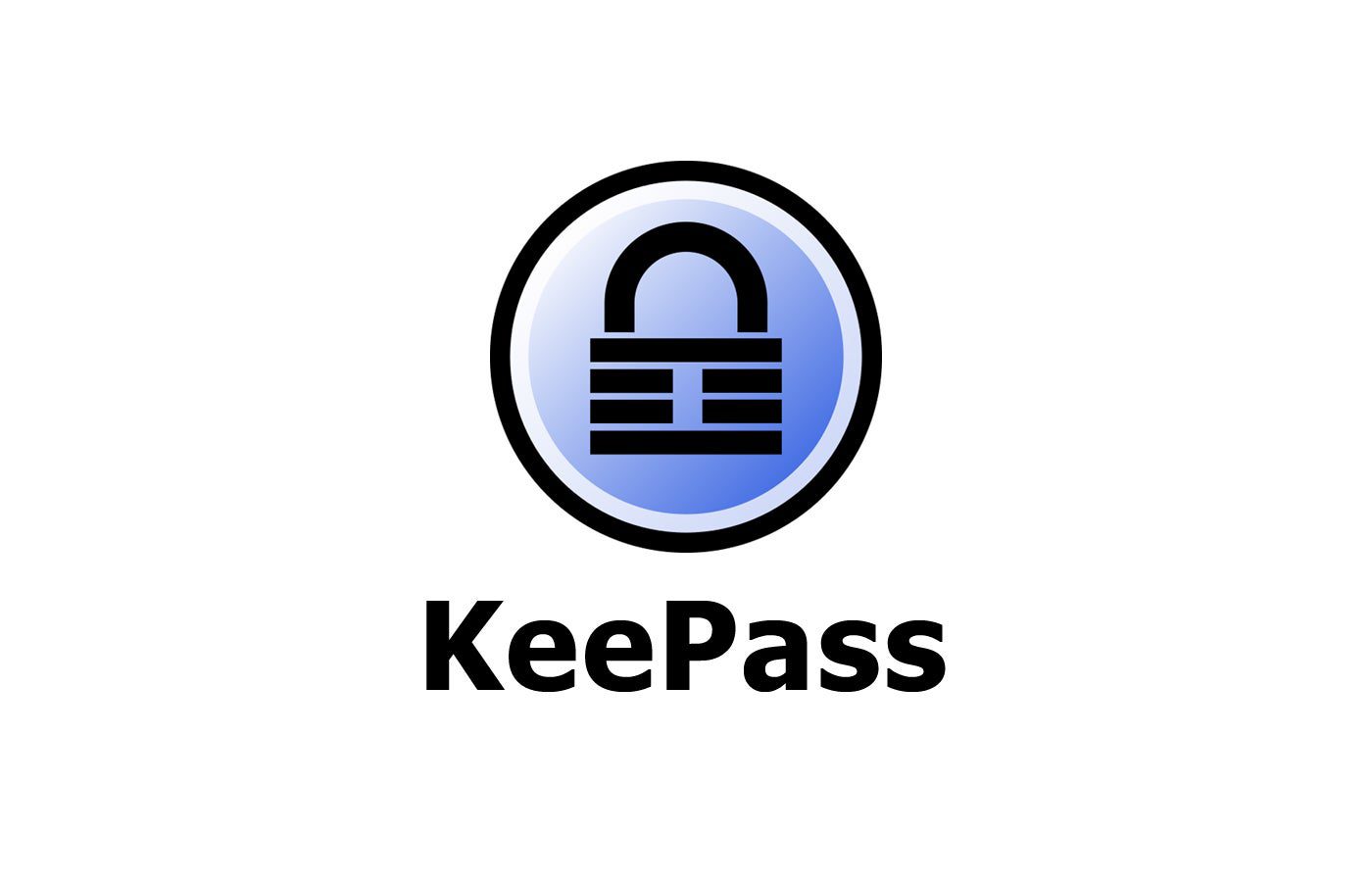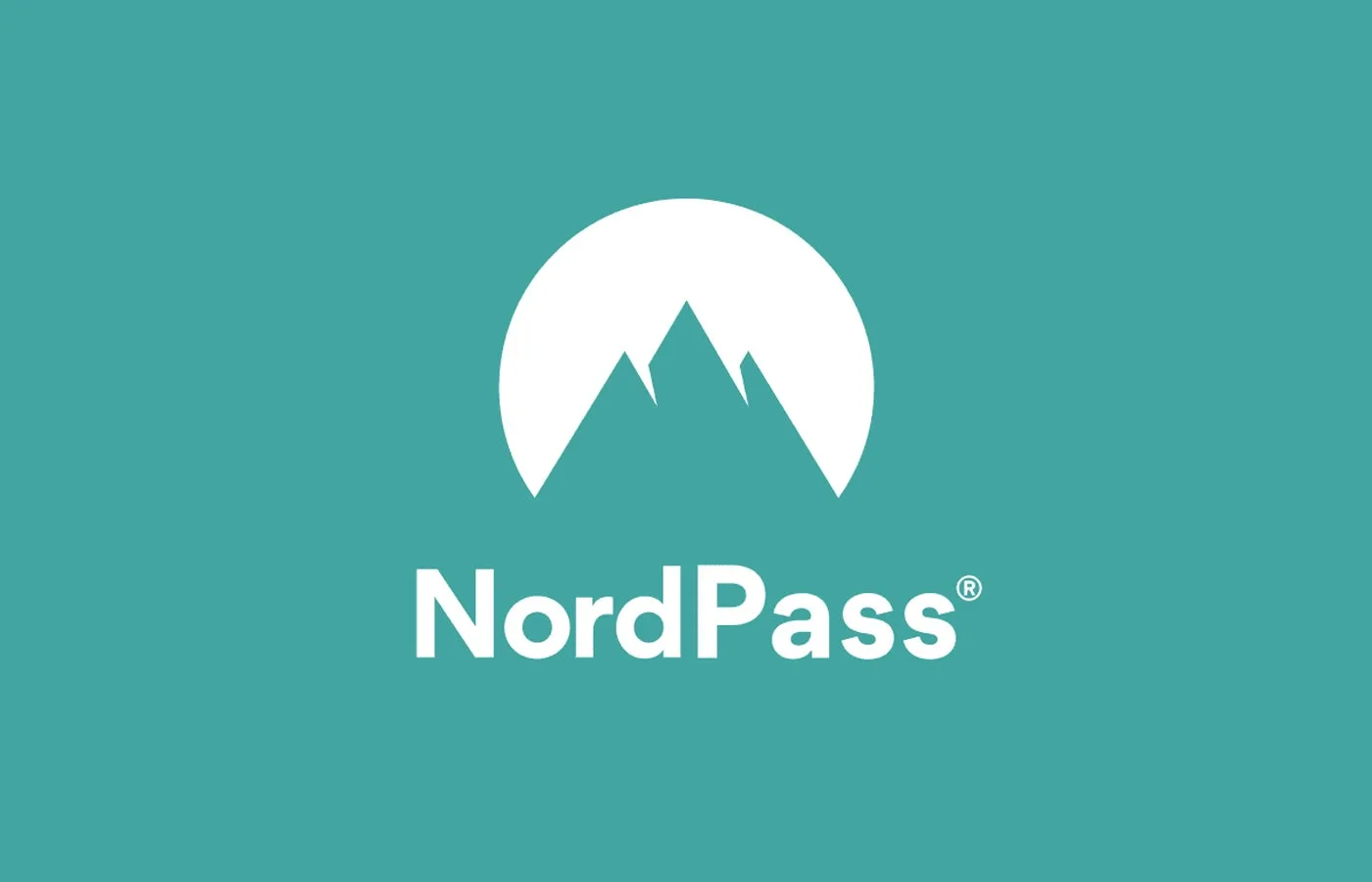Understanding Smart TV Processors Smart TV processors are critical components that significantly influence a television’s performance, affecting everything from speed to image quality and user interface responsiveness. Essentially, the processor acts as the brain of the smart TV, executing tasks and managing various multimedia functions. In the context of smart TVs, processors handle the processing […]
Technology
Auto Added by WPeMatico
Finding the Best TV Brand: Picture and Sound Quality, Features, and More
Introduction to TV Quality and Features In the modern landscape of home entertainment, the choice of television can significantly impact the overall viewing experience. The importance of picture and sound quality is paramount, as they are the primary mediums through which content is delivered to the audience. A television with superior picture quality allows viewers […]
Exploring the Mid-Range and High-Range TV Models of Sony, Samsung, and Panasonic in 2025
Introduction to TV Technology in 2025 As technology continues to evolve, the landscape of television is undergoing significant transformations, particularly as we progress through 2025. This era is marked by remarkable innovations that enhance the viewing experience, culminating in superior picture quality, immersive sound, and intelligent features. One of the most notable advancements is the […]
Understanding Picture Quality: Full Array LED, QLED, OLED, and Mini LED Explained
Introduction to Display Technologies The realm of display technologies has witnessed significant advancements over the years, evolving to meet the ever-increasing demand for improved picture quality. Among the most prominent technologies available today are Full Array LED, QLED, OLED, and Mini LED. Each of these display types has unique characteristics that can greatly influence the […]
Upgrading from LCD to LED TV: Understanding the Differences and Picture Quality
Understanding LCD and LED Technology Liquid Crystal Display (LCD) technology has been a staple in television designs for several years. At its core, an LCD TV operates through the manipulation of liquid crystals, which do not emit light by themselves. Instead, they require a light source to create the visible image. This backlighting—typically provided by […]

How to Use LastPass Password Manager
LastPass’ history of data breaches makes it hard to recommend as a viable password manager in 2025. However, for those who wish to try LastPass, this article shows you how to set it up and maximize its available features. Dashlane Company Size Employees per Company Size Micro (0-49), Small (50-249), Medium (250-999), Large (1,000-4,999), Enterprise […]

KeePass Review (2025): Features, Pricing, and Security
KeePass fast facts Our rating: 3.0 stars out of 5 Pricing: Free Key features Downloadable user-generated plugins. Open-source. Completely free. KeePass is a free and open-source password manager that’s been around for over 20 years. Since its release in 2003, the password manager’s ability to add user-generated plugins and extensions has made it a popular […]

NordPass vs Bitwarden: Which Is Safer and Easier to Use in 2025?
Just about every online service requires visitors to create an account, and that typically means more passwords than you can possibly remember. With repetitive passwords considered a poor security practice, using password managers becomes imperative as they help to generate and store complex, unique passwords for each of your accounts. Among the top password managers […]

How to Use NordPass: A Step-by-Step Guide
NordPass, Nord Security’s password manager, is an intuitive application offering reliable password storage and protection. In this article, we walk you through how to set up and use NordPass. We also answer some frequently asked questions about NordPass and its features. How to set up and use NordPass 1. Choosing a NordPass subscription NordPass has […]

Global Pressure Mounts for Apple as Brazilian Court Demands iOS Sideloading Within 90 Days
A Brazilian court has dealt a major blow to Apple’s tightly controlled ecosystem, ordering the tech giant to allow sideloading on iOS within 90 days. The ruling follows similar mandates in the EU, signaling a global push for more open digital marketplaces. With Apple commanding nearly 60% of the U.S. mobile market and over 62% […]
